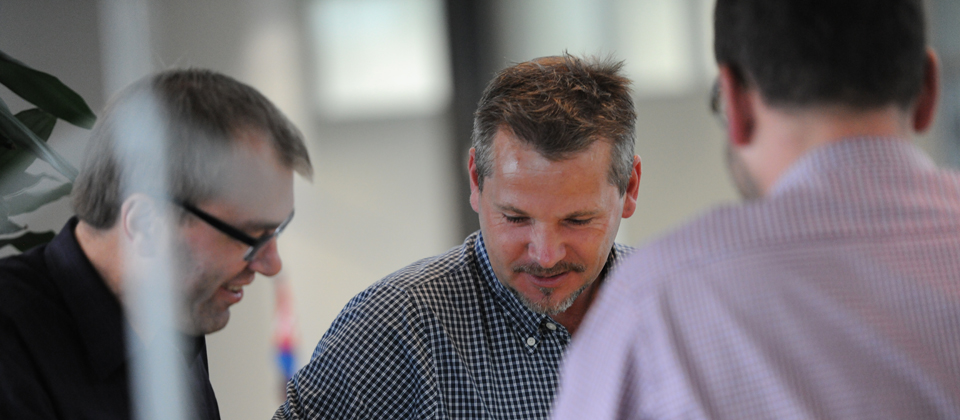
Though relatively young, the offshore wind industry is maturing quickly. As more and more players enter the industry, the need to align standards and processes across the industry is vital. To help decision makers in the offshore wind industry become better prepared and informed about crucial elements of the value chain, we will be documenting our vast knowledge and experience in a series of Best Practice Guides. Each guide will deal with a different aspect of offshore wind installation or service. This article introduces the first of these guides, outlining what customers need to know about choosing a transport and installation supplier.
Turbine installation is much more than just installing a turbine at sea. There is significant risk and uncertainty involved in installing, transporting and servicing wind turbines, so it is important that utilities and project owners know what to look for when choosing an installation partner. A contractor with the right vessels, experienced crews and a full service offering, as well as a proven track record, and sound planning and management skills, will help ensure that your project is completed on time and on budget.
Experience is key
Without specialist knowledge and skills, the risks of significant delays, additional costs and contract disputes are high. According to Hans Schneider, COO at A2SEA, “An experienced offshore wind installation provider will be able to strike that necessary balance between following the project owner’s requirements and showing strong leadership. The provider has the experience and know-how to get the job done right; that’s why project owners outsource to the experts. But in order to make the project a success, everyone needs to be flexible – and be willing to work together.”
What customers need to consider
Look for a supplier with expert knowledge in every possible turbine configuration and direct experience with all turbine manufacturers. Does the supplier operate a range of purpose-built vessels, with dedicated can-do crews who put safety first? Turbine components and technologies will eventually need replacing so choose a supplier that incorporates maintenance in the early stages of project planning to save you time and money in the long run. And if the supplier knows your region, it will help streamline the filing process, and should mean they’re familiar with the layout of local harbours, the climate and seabed conditions.
Almost all offshore wind installation projects run into unexpected situations and adverse conditions. So once a project is underway, adaptability and decisiveness are the keys to success. Hans explains, “Always look for a provider that is willing to take responsibility and make decisions. At A2SEA, we have experienced times where our team could solve a particular challenge – but the solution was at odds with the project owner’s plans. This is where skilled project managers are essential. They must know how to make honest judgments and be able to communicate the decisions.”
By following the advice in our Best Practice Guide, we hope to make it easier for customers to choose the right supplier. And ultimately of course, by documenting our best practices, we hope to reduce installation costs, improve installation processes and continually improve safety standards across the industry.
Read our latest Best Practice Guide
Like this post? Subscribe now and get notified about new content!